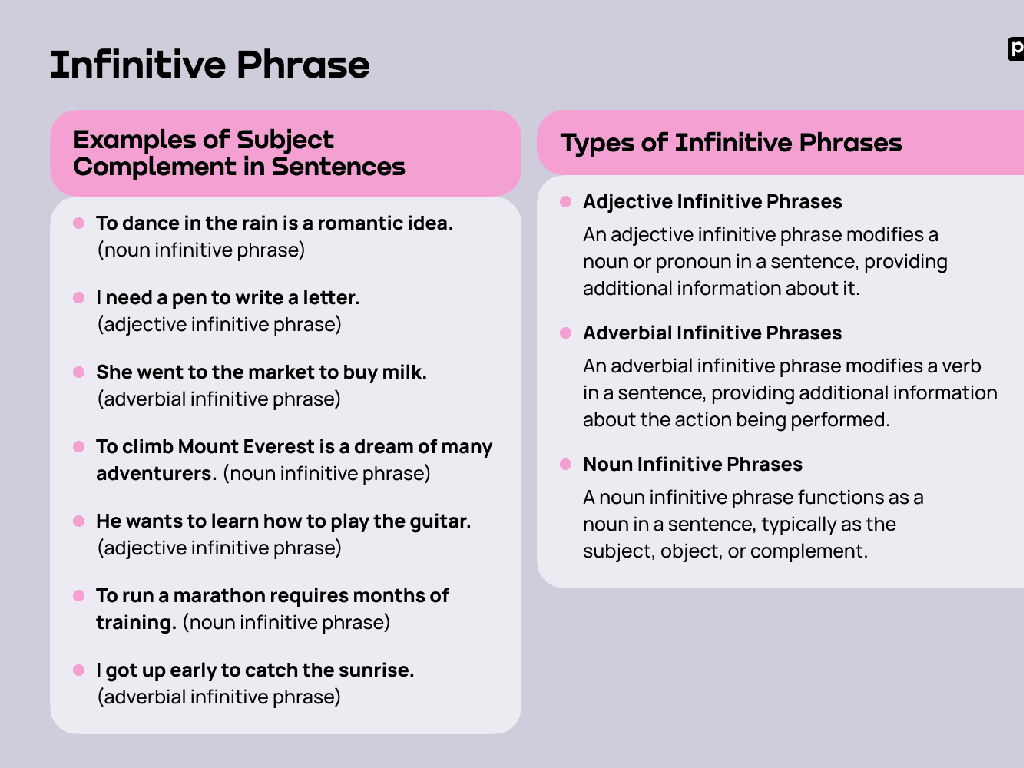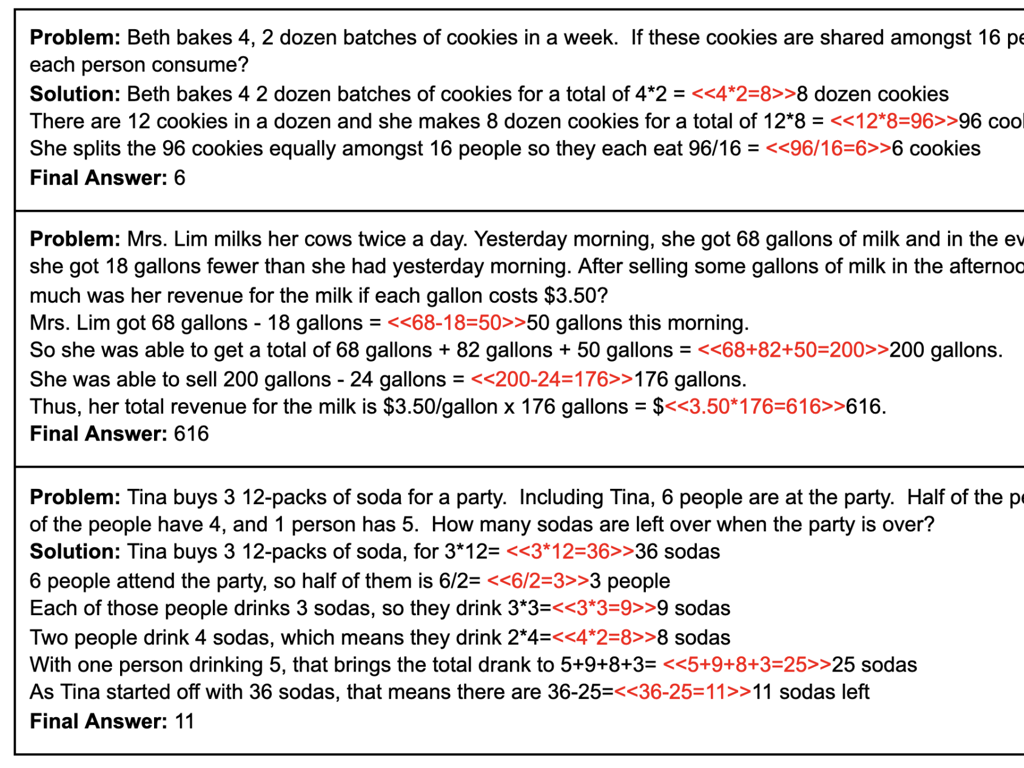Chemical Bonding
Subject: Science
Grade: High school
Topic: Chemistry
Please LOG IN to download the presentation. Access is available to registered users only.
View More Content
Introduction to Chemical Bonding
– Basics of chemical bonds
– Atoms bond to achieve stability, similar to noble gases.
– Significance in matter
– Bonds form substances with new properties, essential for life and technology.
– Types of chemical bonds
– Ionic bonds exchange electrons, Covalent share, and Metallic involve a sea of electrons.
– Ionic, Covalent, and Metallic
|
This slide introduces the fundamental concept of chemical bonding, which is the force that holds atoms together in compounds. Explain that atoms bond to achieve a full outer electron shell, thereby reaching a more stable, lower-energy state similar to noble gases. Emphasize the importance of chemical bonding in the formation of everything around us, from the air we breathe to the materials we use daily. Differentiate between the three primary types of bonds: ionic (transfer of electrons), covalent (sharing of electrons), and metallic (delocalized ‘sea’ of electrons). Provide examples for each type of bond to illustrate their unique properties and occurrences in everyday materials.
Ionic Bonding: Transfer of Electrons
– Define ionic bonds
– Ionic bonds involve the transfer of electrons from one atom to another, resulting in charged ions.
– How ionic bonds form
– Atoms lose or gain electrons to achieve a full outer shell, like Na+ losing one electron to Cl-, forming NaCl.
– Common ionic compounds
– Examples include NaCl (table salt), MgO (magnesium oxide), and CaCl2 (calcium chloride).
– Properties of ionic compounds
– Ionic compounds have high melting points, conduct electricity when dissolved in water, and are typically solid at room temperature.
|
This slide introduces the concept of ionic bonding, a type of chemical bond that is essential for understanding how compounds are formed. Ionic bonds occur when electrons are transferred from one atom to another, leading to the creation of positively and negatively charged ions that attract each other. It’s important to emphasize the concept of electron transfer to achieve stability, often resulting in a full outer electron shell akin to noble gases. Provide examples of ionic compounds and discuss their properties, such as high melting points and electrical conductivity in solution, to help students relate the concept to real-world substances. Encourage students to think of other examples of ionic compounds and predict their properties based on their understanding of ionic bonding.
Covalent Bonding: Sharing Electrons
– Define covalent bonds
– Atoms share pairs of electrons to achieve stability
– How covalent bonds form
– Electrons are shared between atoms to fill their outer shells
– Types: Single, Double, Triple
– Single bonds share one pair, double bonds two, triple bonds three
– Covalent molecules examples
– H2O, CO2, and O2 are common examples
|
Covalent bonding is a type of chemical bond where atoms share pairs of electrons to achieve a full outer shell, leading to more stable molecules. This slide will cover the basics of covalent bonds, including their definition and characteristics. It’s important to explain that the sharing of electrons allows atoms to ‘stick’ together. We’ll also discuss the different types of covalent bonds single, double, and triple based on the number of shared electron pairs. Provide examples like water (H2O), carbon dioxide (CO2), and oxygen (O2) to illustrate covalent molecules. Highlight the properties of covalent compounds, such as their low melting and boiling points compared to ionic compounds, and their typical state as liquids or gases at room temperature.
Exploring Metallic Bonding
– Define metallic bonds
– Attraction between a lattice of cations and delocalized electrons
– Electron sea model
– Electrons flow freely, like a sea, around metal cations
– Properties from metallic bonding
– Conductivity, malleability, and ductility
– Metallic bonding in alloys
– Alloys like steel or bronze, mixtures with enhanced properties
|
Metallic bonding is a type of chemical bond found in metal elements, where electrons are not bound to any particular atom and can move freely. This ‘electron sea’ model explains many of the characteristic properties of metals, such as electrical conductivity and the ability to be shaped or stretched without breaking. Discuss how the delocalization of electrons contributes to these properties. Provide examples of alloys, which are combinations of metals that result in improved material properties, to illustrate the concept in a tangible way. Encourage students to think of everyday objects made of metals and alloys to connect the concept to real life.
Polarity and Electronegativity in Chemical Bonds
– Electronegativity explained
– Measure of an atom’s ability to attract electrons in a bond
– Bond type and electronegativity
– Greater difference in electronegativity, more ionic the bond
– Polar vs. Nonpolar bonds
– Polar bonds have unequal sharing of electrons, nonpolar have equal
– Dipole moments significance
– Dipole moments occur in polar molecules, indicating partial charges
|
This slide introduces the concept of electronegativity and its role in determining the polarity of chemical bonds. Electronegativity is a key concept in chemistry that describes an atom’s tendency to attract and hold onto electrons when forming a chemical bond. The difference in electronegativity between two atoms can lead to the formation of either ionic or covalent bonds. Polar covalent bonds result from unequal sharing of electrons due to differing electronegativities, while nonpolar covalent bonds involve equal sharing. Dipole moments are a result of this unequal sharing and are a quantitative measure of the polarity of a molecule. Understanding these concepts is crucial for predicting molecular behavior and reactivity. Encourage students to think about how these principles apply to everyday substances and to practice determining bond types and molecular polarity.
Intermolecular Forces and Their Effects
– Van der Waals Forces: Basics
– Includes London Dispersion and Dipole-Dipole interactions
– Hydrogen Bonding Explained
– A strong type of dipole-dipole interaction involving H atoms
– Intermolecular Forces in Action
– See how these forces affect melting and boiling points
– Physical Properties and Forces
|
This slide introduces students to the concept of intermolecular forces, which are forces of attraction between molecules. Van der Waals forces, including London Dispersion and Dipole-Dipole interactions, are the weakest types of intermolecular forces but are pivotal in the structure and behavior of molecules. Hydrogen bonding, a special type of dipole-dipole interaction, occurs when a hydrogen atom is bonded to a highly electronegative atom like oxygen, nitrogen, or fluorine. This bonding is particularly strong and has significant effects on the physical properties of substances, such as water’s high boiling point compared to other molecules of similar size. Understanding these forces helps explain why different substances have different physical properties, such as varying states of matter at room temperature, solubility, and volatility. Encourage students to think of examples of how these forces manifest in everyday life, such as why ice floats on water.
Chemical Bonding in Everyday Life
– Chemical bonding in daily items
– Water (H2O) is a result of covalent bonding between hydrogen and oxygen.
– Bonding in biological molecules
– DNA’s double helix structure is due to hydrogen bonds between nucleotides.
– Bonding’s role in technology
– Semiconductors in electronics rely on covalent bonding.
– Industrial applications of bonding
– Pharmaceuticals depend on ionic and covalent bonds in compounds.
|
This slide aims to illustrate the pervasive nature of chemical bonding in various aspects of real life. Start by discussing how everyday items like water are products of chemical bonding, specifically covalent bonds. Move on to biological molecules, such as DNA, where hydrogen bonds play a crucial role in maintaining the double helix structure. Highlight the significance of chemical bonding in technology, for instance, how semiconductors in electronic devices depend on covalent bonds. Lastly, discuss the industrial applications, such as in the creation of pharmaceuticals, where both ionic and covalent bonds are essential for the formation of complex compounds. Encourage students to think of other examples where chemical bonding is essential, fostering a deeper understanding of its importance.
Class Activity: Building Molecule Structures
– Use molecular model kits
– Create ionic and covalent bonds
– Ionic bonds transfer electrons, covalent share electrons.
– Identify bonds in your models
– Look for electron transfer in ionic, shared pairs in covalent.
– Share and discuss with the class
|
This class activity is designed to provide hands-on experience with molecular model kits, allowing students to visualize and construct physical models of molecules. Students should use the kits to create structures that represent both ionic and covalent bonds. After building, they should examine their models to identify the type of bond present, noting the differences between ionic bonds (electron transfer) and covalent bonds (electron sharing). Once completed, students will share their models with the class and discuss their observations. This will help solidify their understanding of chemical bonding. Possible activities include building sodium chloride for an ionic example and water for a covalent example. Encourage creativity and exploration of different molecules if time and resources allow.




/historical_maps_global_age.jpg)
/mla_works_cited_example.png)
